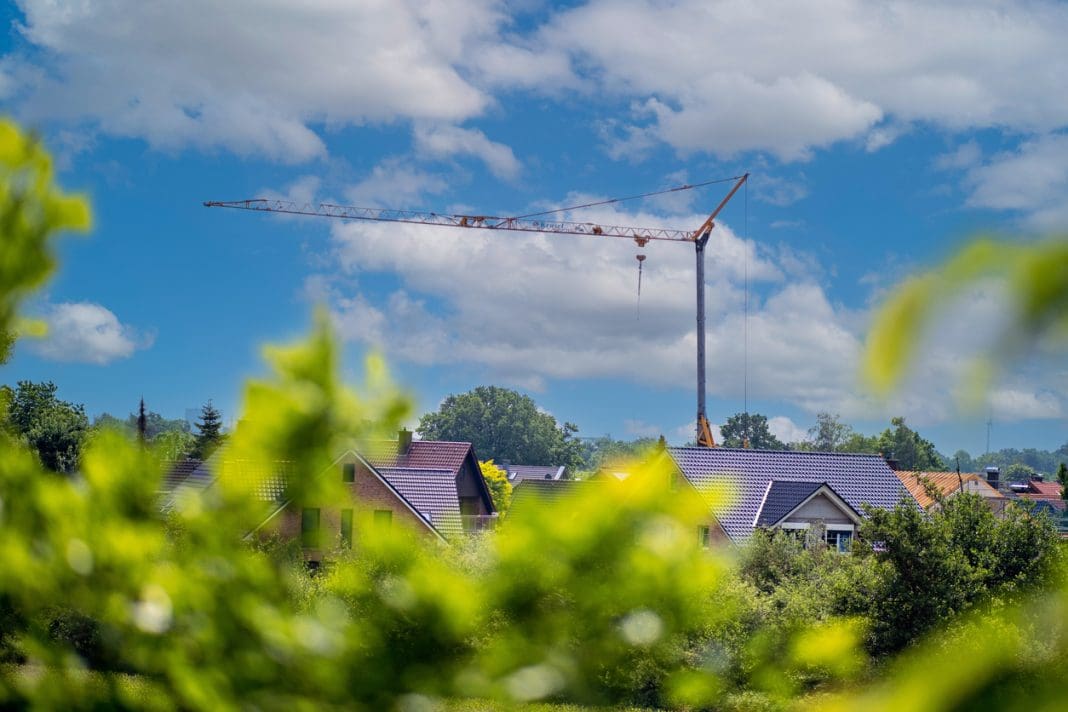After enduring a prolonged downturn, the UK construction sector witnessed a notable turnaround in March, marking the end of a six-month decline and hinting at a potential recovery
March construction PMI has shown signs of improvement, as industry activity rises from 49.7 in February to 50.2 in March.
Although the rise in activity in the UK construction sector was only fractional, the latest index was at its highest level since August 2023.
Civil engineering was the best-performing segment in March, as output levels increased at a marginal pace.
Residential projects showed the most robust performance since November 2022
Participants noted heightened activity in infrastructure projects and sustained demand in the energy sector.
While little change was observed in house and commercial construction in March, residential projects demonstrated notable stability, marking their most robust performance since November 2022.
Data for March indicated a moderate uptick in new projects secured by construction firms.
The pace of expansion has been accelerating since February and reached its highest point in ten months.
March construction PMI signalled a reduction in staffing
In contrast to the positive trends for output and new orders, the latest data signalled another reduction in staffing.
However, this was only marginal and eased since the previous month. At the same time, sub-contractor usage was stable in March.
The latest survey indicated a strong improvement in sub-contractor availability. Rates charged by sub-contractors increased at the fastest pace since August 2023. Purchasing costs rose for the third month running in March.
Political uncertainty, tight profit margins and financial pressures may restrict growth
Construction firms maintain a positive outlook regarding their business prospects over the next year.
Nearly half of the surveyed panel, approximately 49%, anticipate an increase in output levels, while only 11% foresee a decline.
However, this optimism has slightly waned since February, reaching its lowest point in 2024 so far.
Survey participants commonly remarked on stronger order books and expressed hope for broader improvements in market conditions, particularly concerning housebuilding projects.
Nevertheless, factors such as political uncertainty, tight profit margins, and financial pressures were cited as dampening factors on this optimism.
Construction industry comment
Tim Moore, economics director at S&P Global Market Intelligence, said: “UK construction output returned to growth in March as a renewed expansion of civil engineering work was supported by more stable conditions in the housing and commercial building segments.
“The marginal overall rise in total construction activity ended a six-month period of contraction.
“The near-term outlook for construction workloads appears increasingly favourable as order books improved again in March and to the greatest extent for just under one year. Construction companies generally commented on a broad based rebound in tender opportunities, helped by easing borrowing costs and signs that UK economic conditions have started to recover in the first quarter of 2024.”
The turnaround has begun in the construction sector
Michael Wynne, director of the sustainable housebuilder Q New Homes, commented: “It says a lot about how bad things had got for housebuilders that a return to zero growth is progress.
“With rents still rising and the cost of borrowing slowly coming down, the dream of owning a home burns bright for many would-be first-time buyers. As affordability improves, demand for homes should pick up.
“Britain’s chronic housing shortage is also shaping up to be a key election issue, with several political parties unveiling plans to help get more homes built.
“Planning delays remain a major choke point for developers, but with material cost inflation cooling and the prospect of further falls of interest rates, industry sentiment is holding up well.
“Half of contractors now predict an increase in activity during the coming months, and the turnaround has begun – even if it’s happening at oil tanker pace.”














